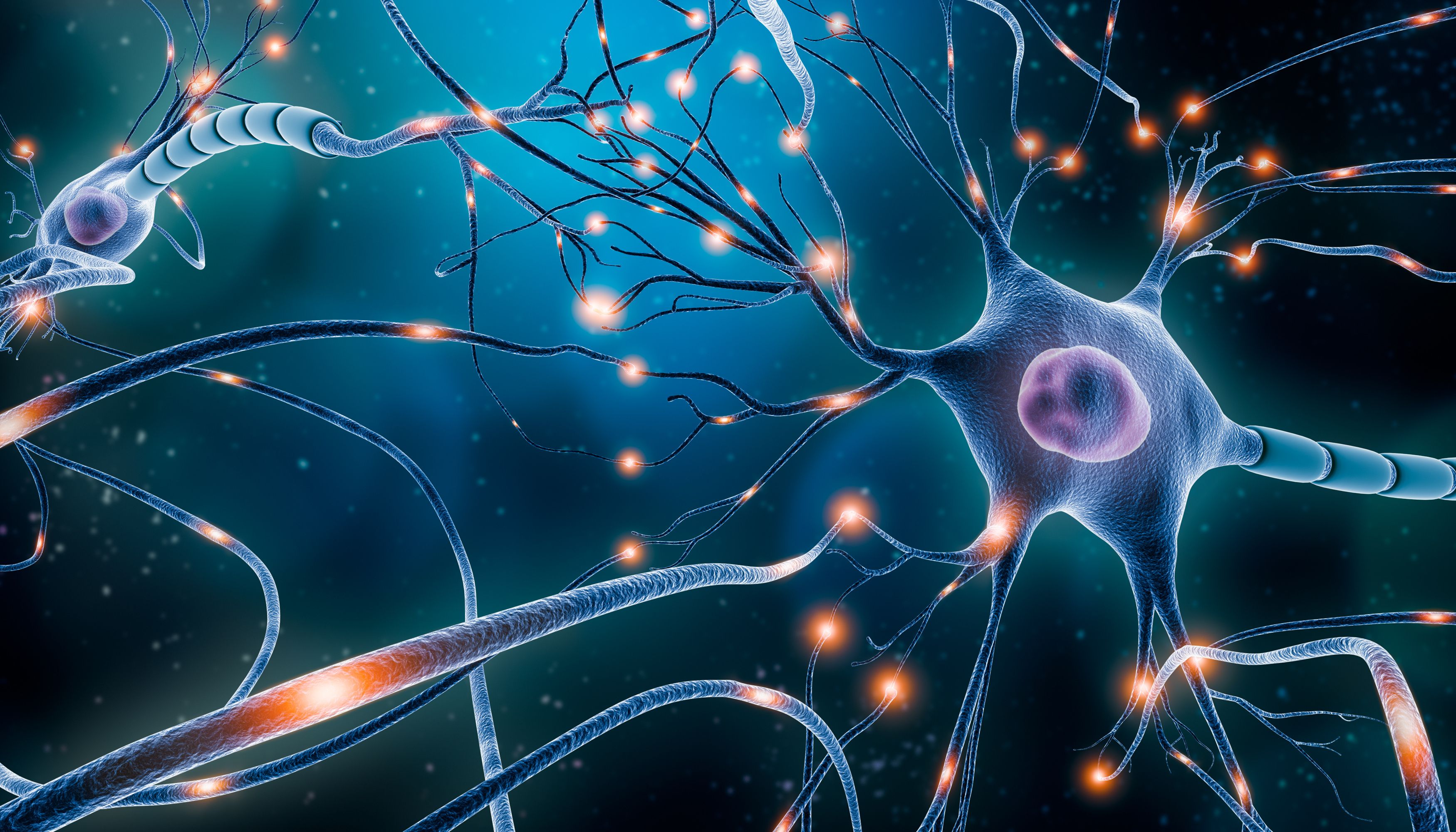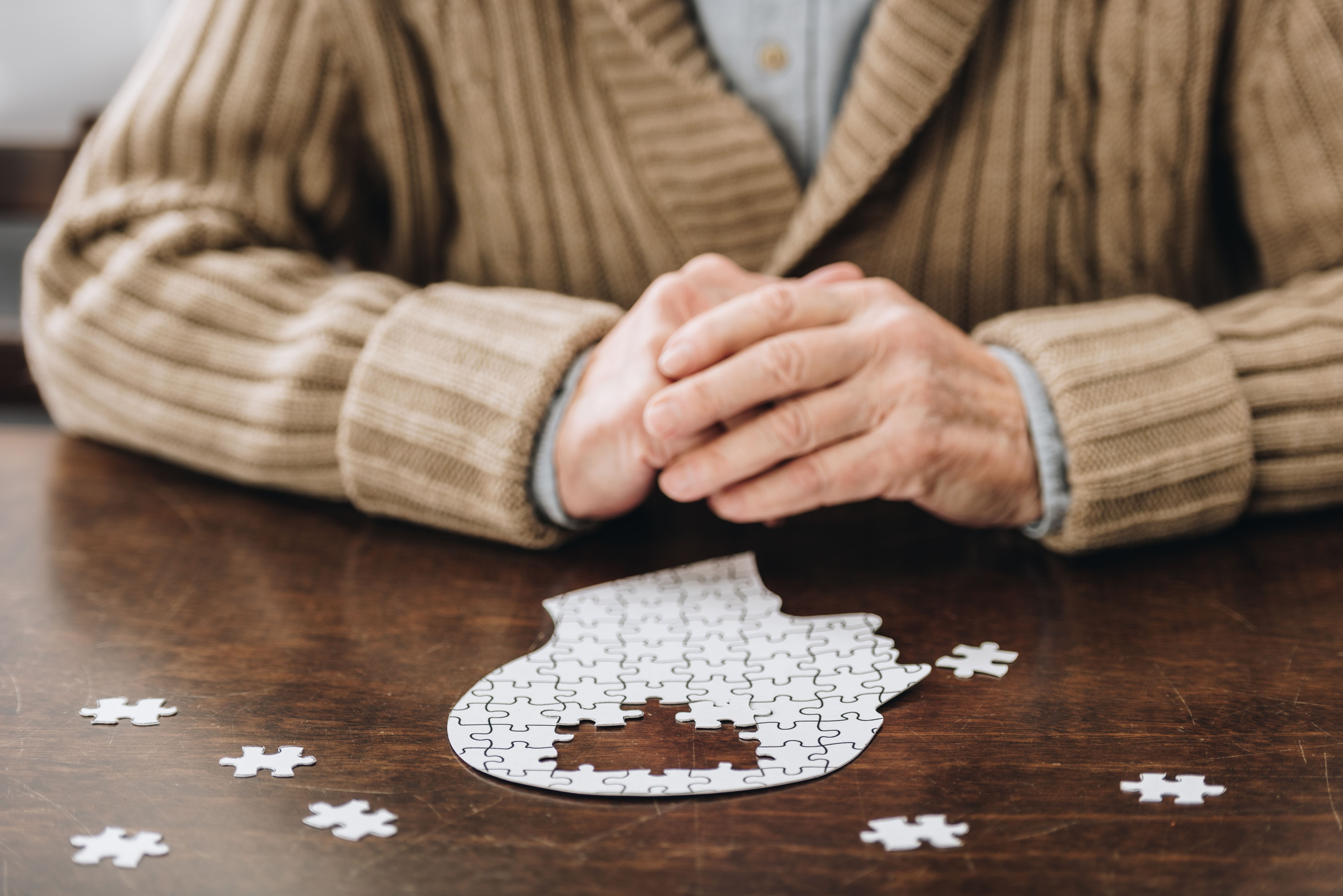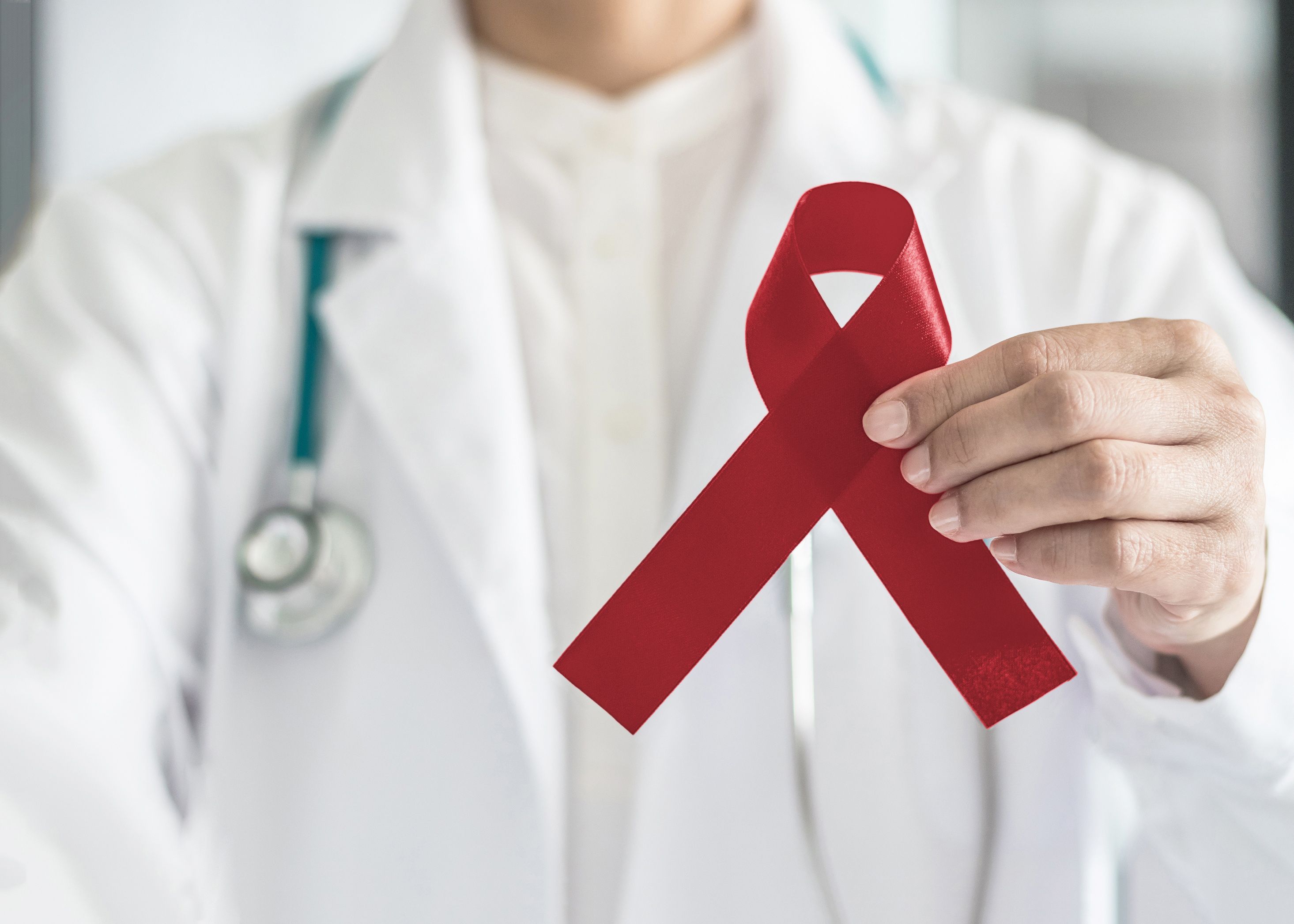Video
Future Direction and Unmet Needs in Treatment of Mantle Cell Lymphoma
The experts provide their closing thoughts and discuss unmet needs in the treatment of patients with MCL.
Ryan Haumschild, PharmD, MS, MBA: We’re at the final question. I want to get final thoughts from you both. Dr Jain, I’ll start with you; Dr Wang, I’ll finish with you if that’s OK. I’d like to get your thoughts for our viewers. In your opinion, what are some of the unmet needs and future directions in the treatment of patients with mantle cell lymphoma? Leave us with a few of your thoughts on future directions and how to address those unmet needs.
Preetesh Jain, MBBS, MD, DM, PhD: One of the unmet needs is appropriate clinical work-up at the beginning. By the time the patient is referred to a higher center, they have an incomplete work-up, so we don’t know the biologic profile of mantle cell lymphoma at the beginning. That’s one of the important clinical unmet needs.
The second clinical unmet need in my opinion would be how to treat these patients who are triple resistant. That means those who have already gone through CAR [chimeric antigen receptor] T cells, BTK [Bruton tyrosine kinase] inhibitors, chemotherapy, and even venetoclax. Those are the patients who are in need.
The third thing is to look into how we incorporate chemotherapy-free therapies for the majority of patients with mantle cell lymphoma, who are older patients. How do we have a team that includes cardiologists, geriatricians, and gastroenterologists all together? That’s an unmet need. We’re seeing discrete pieces of patient evaluation by different groups. Combining all of them would help and benefit the patients.
Michael Wang, MD: The common dream of a patient with mantle cell lymphoma, their families, and those in the field, such as Dr Jain and me, is to cure mantle cell lymphoma within the length of our career. The largest barrier to having a cure is drug resistance, whether it’s chemotherapy, targeted therapies, immunotherapies, or CAR T-cell therapies. They’re all associated with ever-emerging, progressively worsening resistance to the therapies.
How we use multiomics to decipher the exact driver or mechanism unique to a particular patient, even in each particular tumor, is the major barrier and area we need to tackle to gradually increase the fraction of people we could cure. Drug resistance is the major barrier, and that can only be solved by science. Science and technology are advancing very fast, so within our careers, Dr Jain and I hope to cure a fraction of patients, and I hope that fraction becomes an increasing population of patients who would be cured of mantle cell lymphoma.
Ryan Haumschild, PharmD, MS, MBA: This has been such an inspiring and informative discussion about the current treatments and some of the unique treatment considerations around this specific patient population, including a multidisciplinary team and the important role that pharmacists and research play in future directions, working on a cure, and creating a toxicity-free treatment regimen. This has been an exciting discussion. Thank you, Dr Jain and Dr Wang, for your time. To our viewing audience, we hope you found this Pharmacy Times® Insights to be rich and informative.
Transcript edited for clarity.






